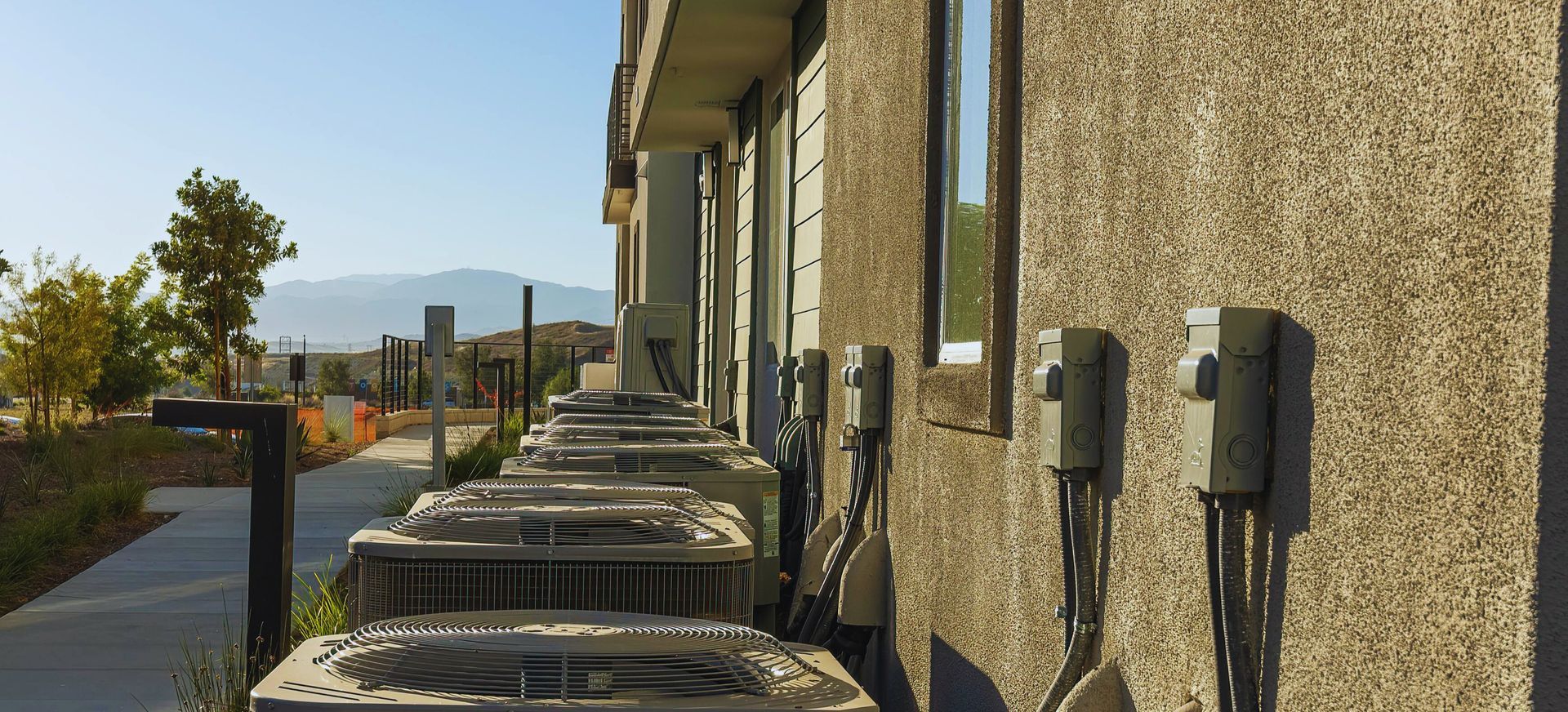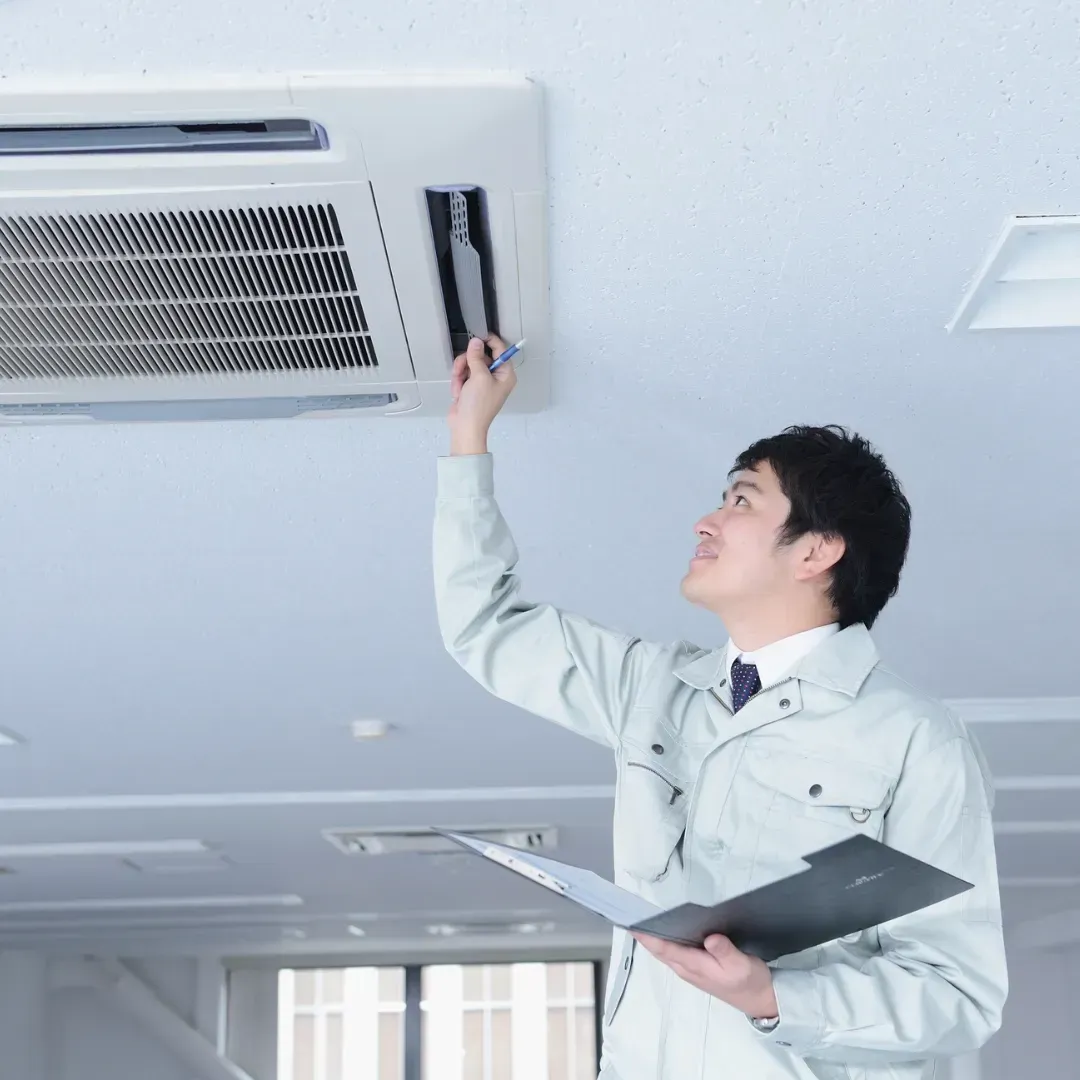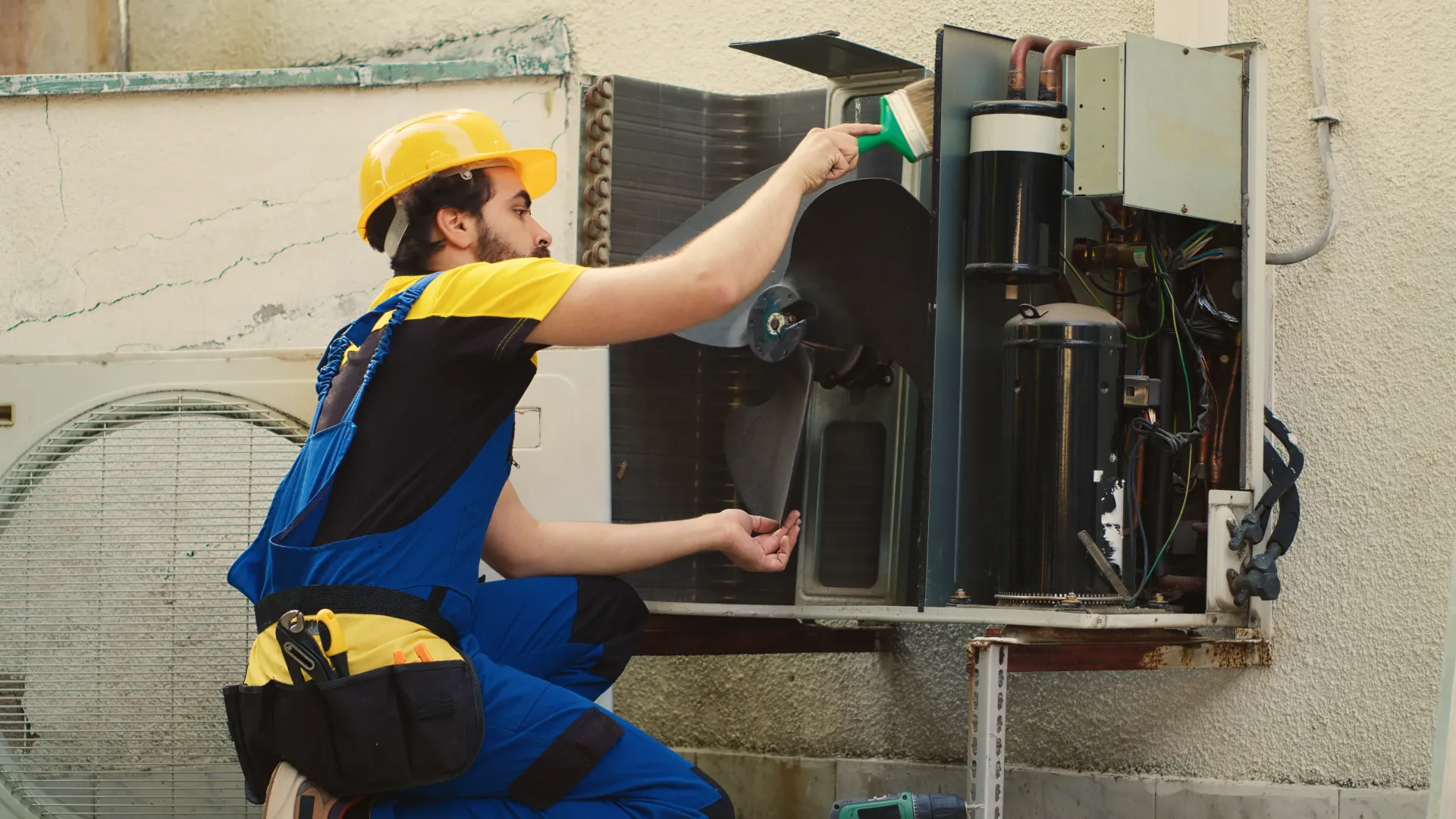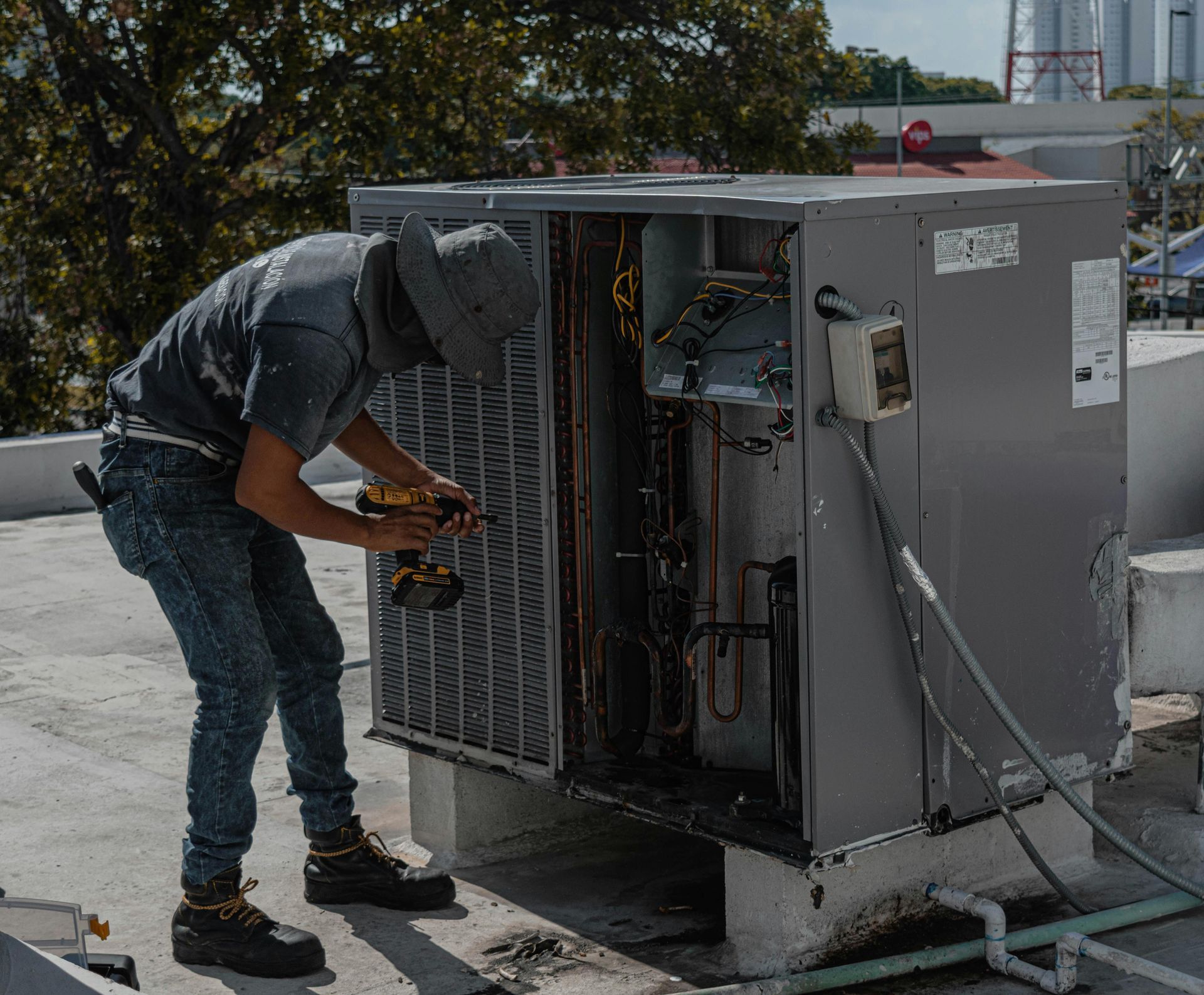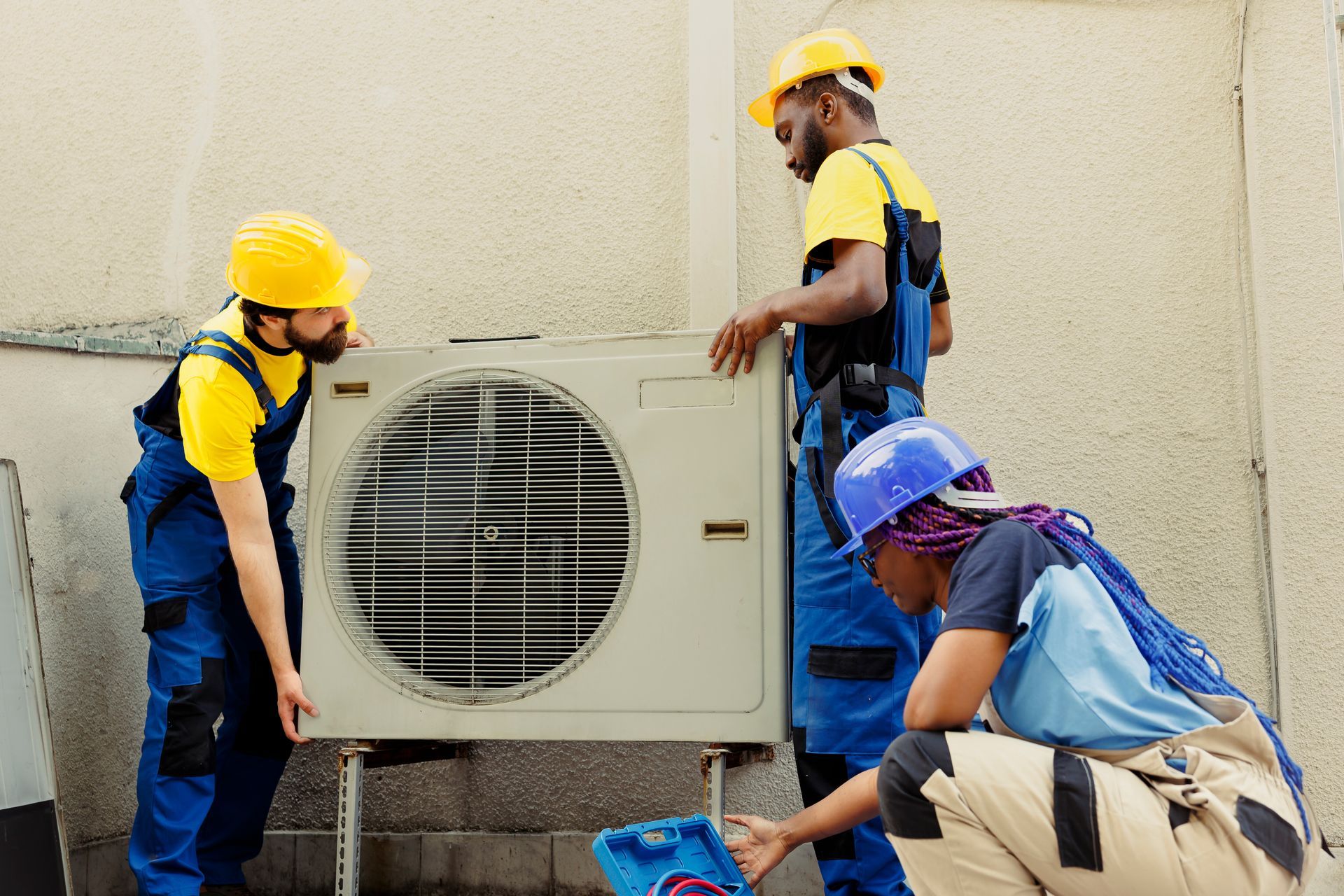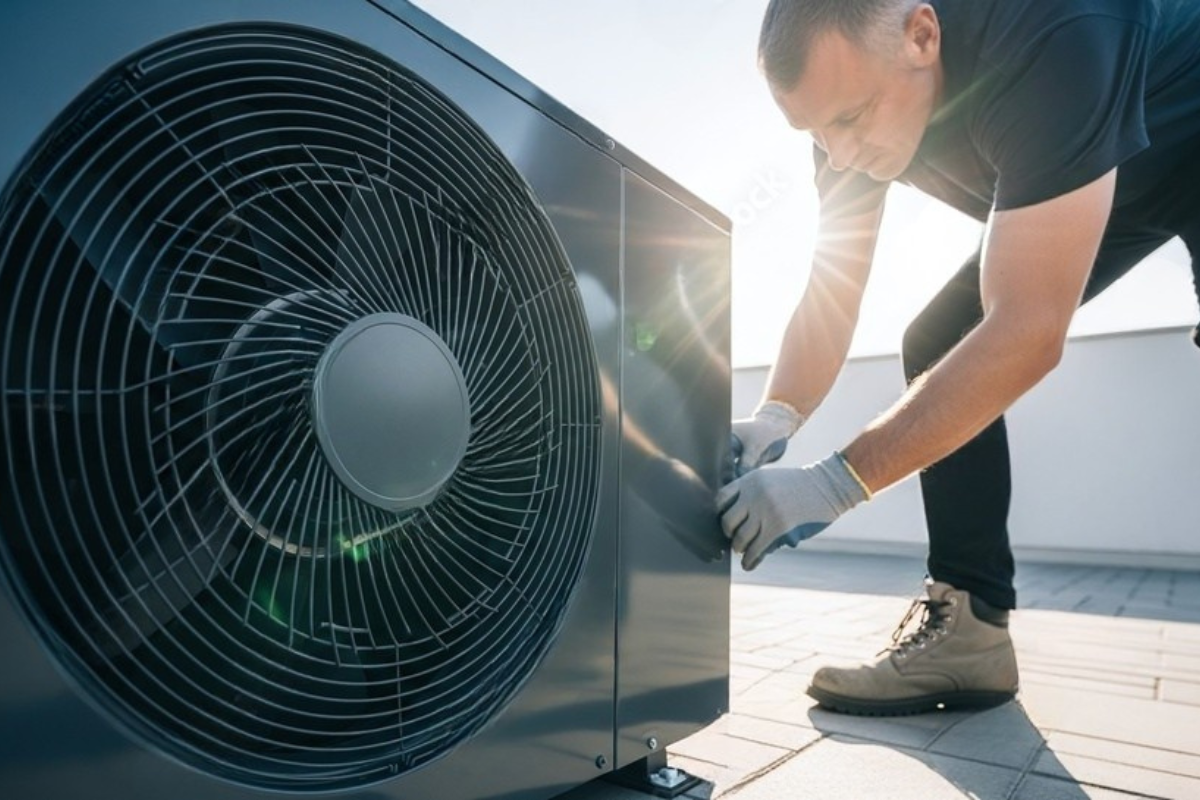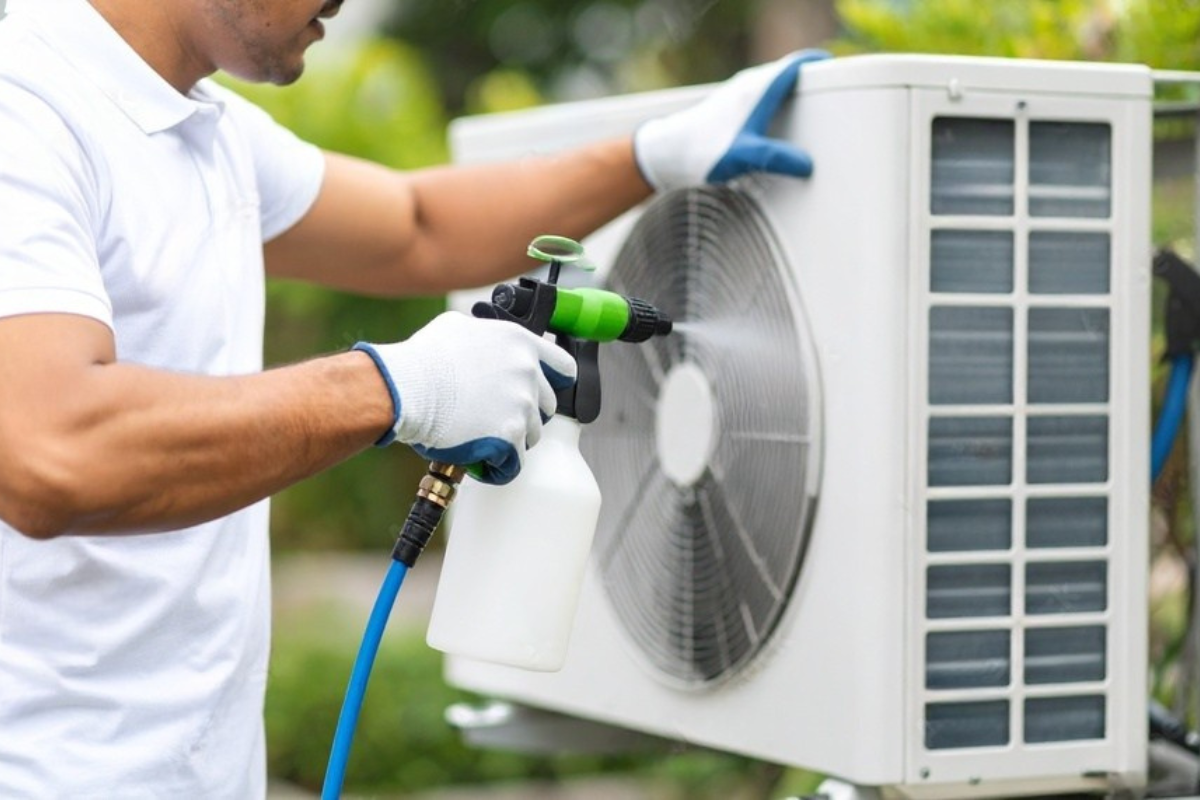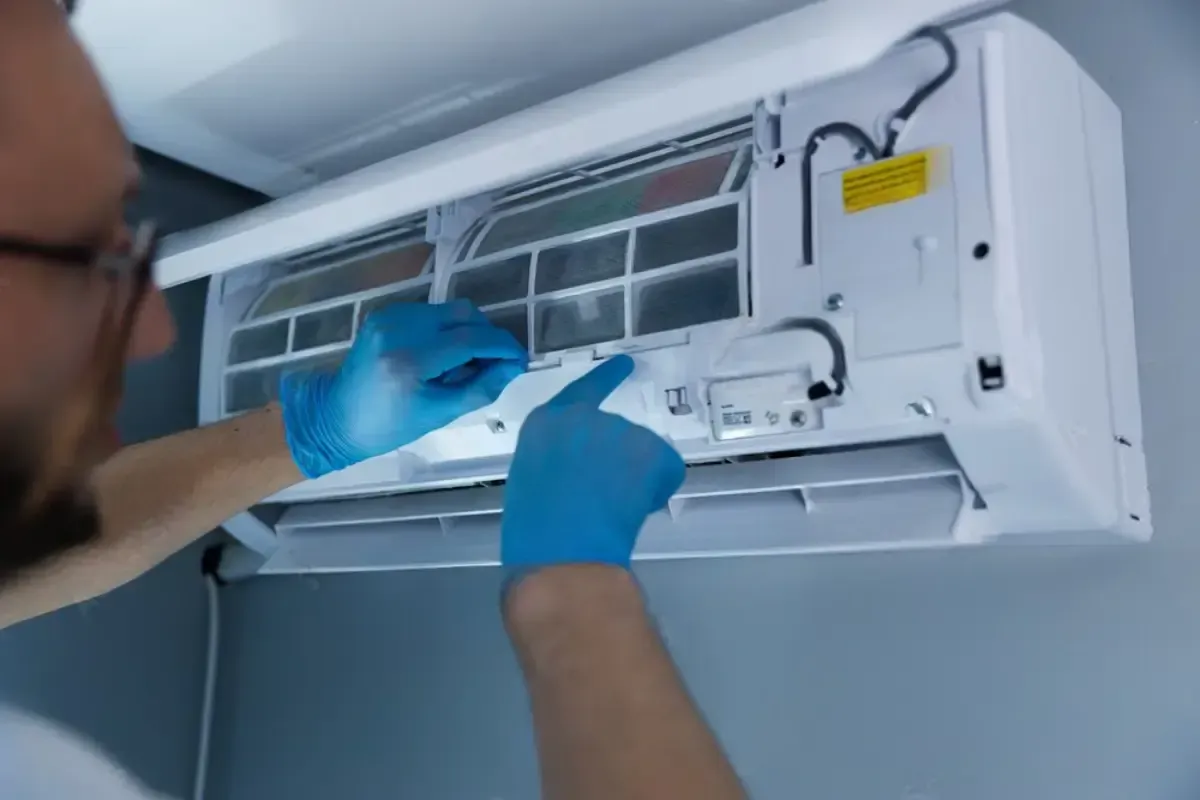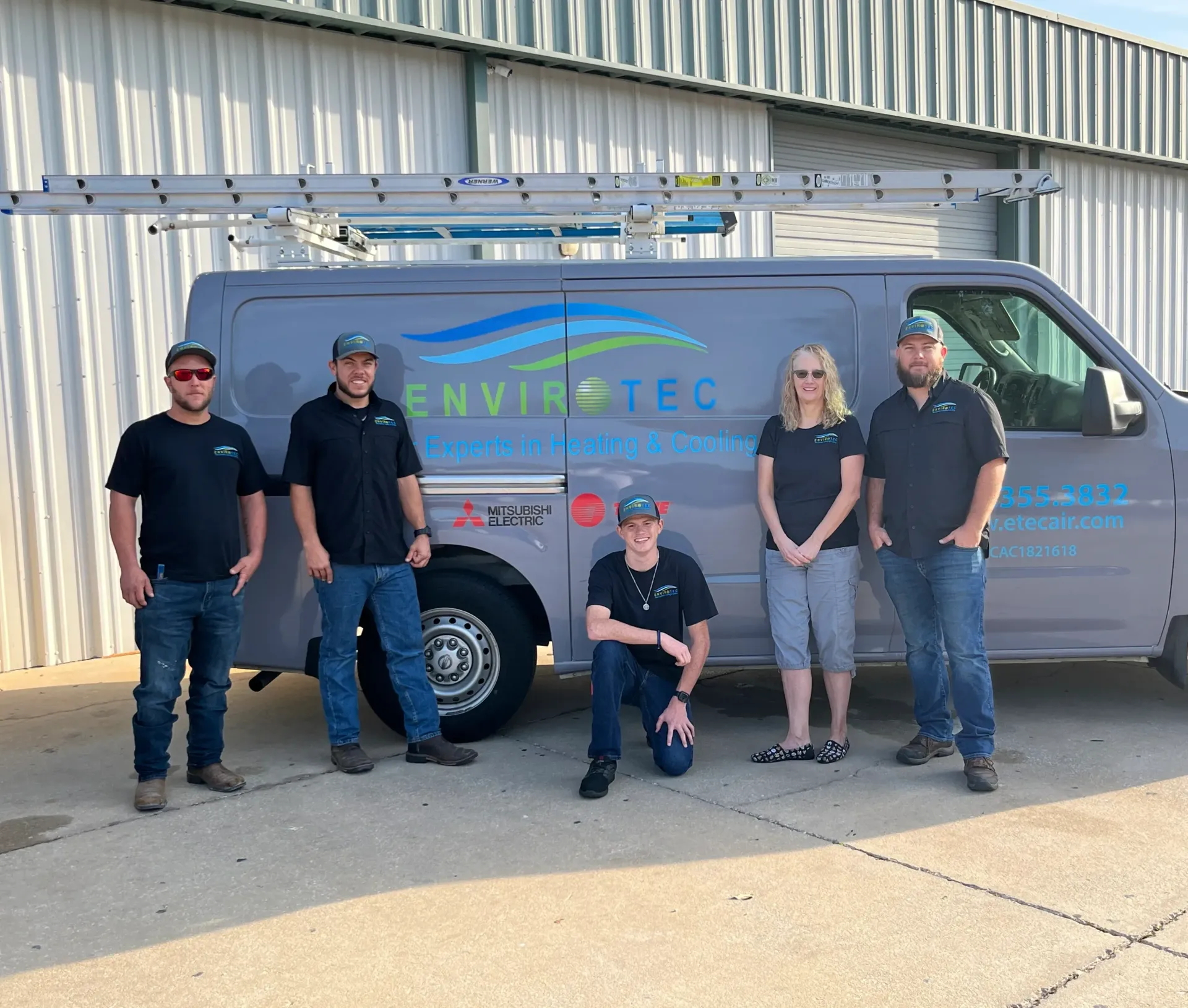The First Step to Clean Air? Preventing Pollution Indoors
Most people focus on outdoor smog and city emissions, completely ignoring their own homes. But here’s the kicker—indoor air quality (IAQ) often determines how healthy you really are.
Why is it overlooked? Maybe because it’s invisible. Or maybe because it’s easier to blame the factory down the road. But truthfully, the air inside your home is your responsibility. Cleaning it starts with prevention: knowing where pollutants come from, how to block them, and what systems to use.
It’s not about pricey gadgets. It’s about awareness and a few smart changes that can turn your home into a safe breathing zone.

Introduction
Breathing clean air isn't just about what's happening outside—it's just as much about what’s going on inside your home. Surprisingly, indoor air can be two to five times more polluted than outdoor air. From invisible allergens to toxic chemicals, indoor pollution quietly impacts our health every day. And yet, many people overlook one simple truth: The first step to clean air? Preventing pollution indoors. It’s where we live, work, and sleep—shouldn't it be where we breathe the cleanest air?
Let’s dive deep into how you can create a healthy, breathable indoor environment without the guesswork.
Understanding Indoor Air Pollution
Common Pollutants Found Inside Homes
Ever heard of VOCs? That’s short for Volatile Organic Compounds. They sneak in through everyday items—paint, air fresheners, and even furniture. Dust mites, pet dander, mold spores, carbon monoxide, and radon are other major culprits.
You’re breathing in all of this daily, even if your house smells "clean."
Sources of Indoor Air Contaminants
Pollutants enter your home in unexpected ways—cooking fumes, cigarette smoke, uncleaned HVAC systems, or even the cleaning products you trust. Candles? Yes, they smell great but can also release toxins like benzene.
Health Effects of Indoor Air Pollution
Short-Term and Long-Term Health Risks
Poor indoor air quality isn’t just an inconvenience—it’s a health risk. Immediate symptoms include headaches, nausea, dizziness, or eye and throat irritation. Over time, you may face respiratory diseases, cardiovascular issues, and even cancer.
Vulnerable Populations: Kids, Elderly, and Asthmatics
Children inhale more air per pound of body weight. The elderly may have weaker immune systems. Asthmatics? One trigger and their airways tighten. For these groups, even mild pollutants can become dangerous.
Ventilation: The Natural Air Cleaner
The Role of Windows, Fans, and Airflow
One of the easiest fixes? Open your windows. Proper cross-ventilation flushes out stale air and brings in fresh air. Ceiling and exhaust fans help circulate and move air effectively, preventing stagnation.
Mechanical Ventilation vs. Natural Ventilation
Natural airflow is ideal, but in sealed homes or during allergy seasons, it’s not always enough. Mechanical systems like HRVs (Heat Recovery Ventilators) ensure constant fresh air without major heat loss.
Importance of HVAC System Maintenance
Benefits of Regular HVAC System Service
An unmaintained HVAC system doesn’t just break down—it spreads dust, allergens, and even mold throughout your home. Regular service improves air quality, boosts energy efficiency, and extends your unit’s lifespan.
Signs Your HVAC Might Be Spreading Pollutants
Odd smells, increased dust, or allergy flare-ups? These could be signs your HVAC is working against you, not for you. Clogged filters and dirty ducts are common culprits.
Indoor Plants as Air Purifiers
Best Plants for Removing Toxins
Snake plants, spider plants, peace lilies, and aloe vera do more than decorate—they absorb harmful pollutants like benzene, xylene, and formaldehyde.
How Many Plants Are Enough?
A general rule? One medium plant per 100 square feet. But don’t just crowd your space—keep them healthy for maximum benefit.
Clean Air Starts with Clean Habits
Daily Habits That Reduce Indoor Pollution
- Ventilate while cooking
- Avoid aerosol sprays
- Wash bed linens weekly
- Don’t smoke indoors
- Use natural cleaners
Avoiding Common Mistakes That Worsen Air Quality
Think air fresheners help? They often make things worse by adding VOCs. Overusing candles or forgetting to clean vents also deteriorates air quality.
Smart Home Solutions for Air Monitoring
Air Quality Sensors and What They Track
Modern sensors measure PM2.5, CO2, VOCs, temperature, and humidity. They provide real-time feedback so you can adjust quickly.
Choosing the Right Air Purifier
Look for HEPA filters, activated carbon layers, and sufficient CADR (Clean Air Delivery Rate) for your room size.
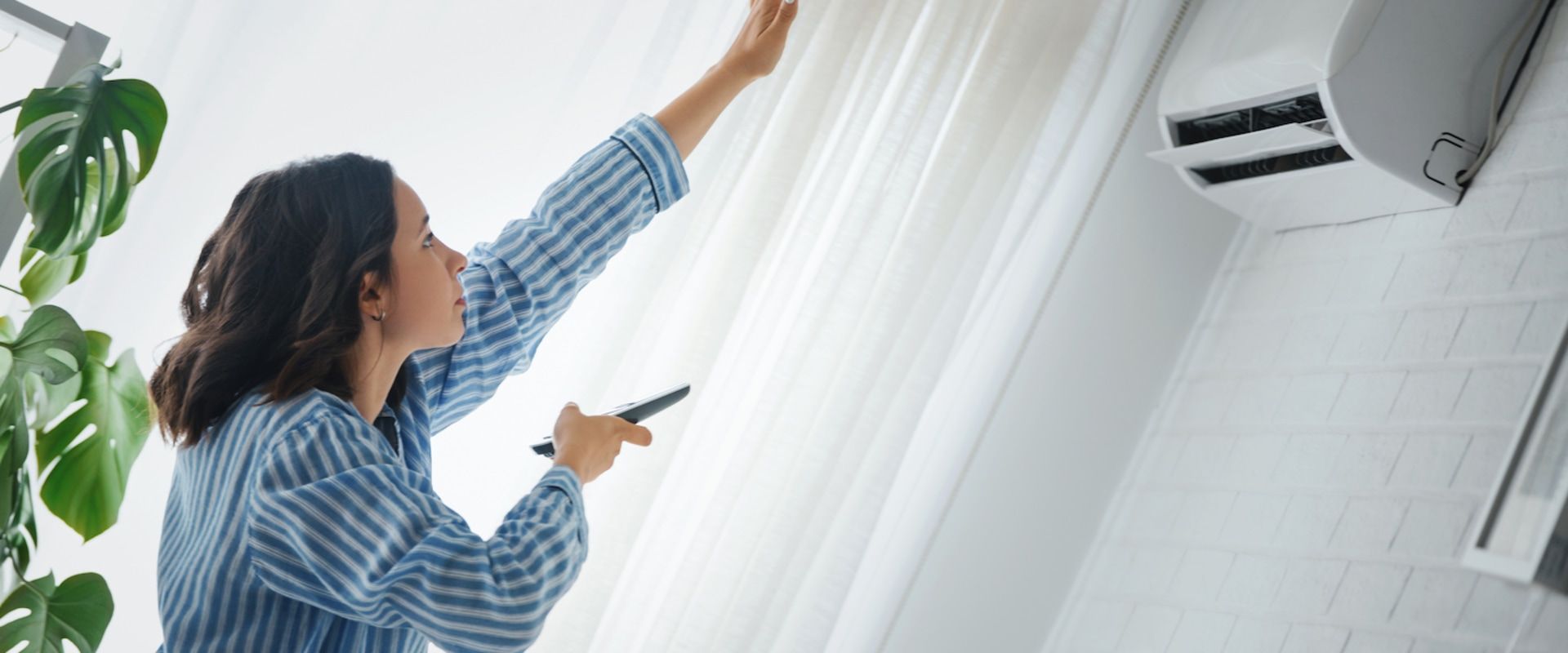
Building Materials and Indoor Pollution
VOCs in Paint, Flooring, and Furniture
Many paints, glues, and laminates off-gas VOCs long after installation. Even "new car smell" is a pollutant in disguise.
Eco-Friendly Alternatives
Use low-VOC or zero-VOC paints. Bamboo flooring, untreated wood, and natural fabrics reduce toxin exposure.
Mold, Moisture, and Air Quality
How Humidity Affects Indoor Pollution
High humidity fuels mold growth and dust mite survival. Low humidity causes dryness and irritation.
Controlling Mold Growth at Home
Keep humidity between 30–50%. Use dehumidifiers and fix leaks promptly. Clean with vinegar instead of bleach to kill spores.
The Role of Pets in Indoor Air Pollution
Pet Dander and Allergens
Even hypoallergenic pets release dander. It’s lightweight, invisible, and floats in the air like pollen.
Tips to Maintain Clean Air with Pets
- Bathe pets regularly
- Use HEPA vacuums
- Keep pets off beds and sofas
- Wash pet bedding weekly
Household Chemicals: Hidden Dangers
Safer Cleaning Alternatives
Swap out bleach and ammonia for vinegar, baking soda, and lemon juice. Not only are they safer, but they’re also eco-friendly and cheap.
Label Reading Tips
Words like “fragrance,” “antibacterial,” or “brightener” often hide chemicals. Look for “non-toxic,” “biodegradable,” and “plant-based.”
Carpets, Upholstery, and Dust Control
Why Fabric Surfaces Are Major Pollutant Traps
Carpets hold onto dust, dander, pollen, and bacteria. Vacuuming helps, but most standard vacuums miss micro-particles.
Cleaning Routines that Actually Work
Use HEPA-filter vacuums, steam clean carpets, and wash curtains monthly. Replace old mattresses and pillows regularly.
Professional Indoor Air Quality Assessments
What to Expect During an Inspection
Experts use meters and lab testing to detect pollutants, humidity issues, and airflow problems. They also inspect insulation, ducts, and appliances.
When to Seek Help and Contact a Professional
If your family frequently feels unwell at home or if you see mold or smell musty odors—it’s time. Don’t wait for it to get worse.
FAQs About Preventing Indoor Air Pollution
What is the most common cause of indoor air pollution?
Household cleaners, cooking, and unmaintained HVAC systems are top sources.
How often should I service my HVAC system?
Twice a year—before summer and winter—for best results.
Do air purifiers really work?
Yes, especially those with HEPA and activated carbon filters.
Can plants really clean indoor air?
Yes, but they’re supplemental. Combine with ventilation and filters for full effect.
Is opening windows enough for fresh air?
It helps, but may not remove all pollutants—especially in high-smog areas.
What’s the ideal humidity level for homes?
Between 30% and 50% to control mold and dust mites.
Conclusion
Breathing clean air starts with prevention—and prevention starts indoors. From HVAC maintenance and eco-friendly habits to proper ventilation and air purifiers, the tools are right at your fingertips. The first step to clean air? Preventing pollution indoors—and you’ve just taken that first step by reading this guide. Breathe easy knowing that you can create a safe, clean environment for yourself and your loved ones, one smart choice at a time.
Links
